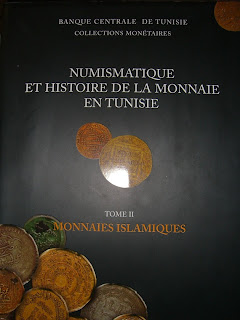Private collection of ceramics and the oldest New Testament manuscript in Arabic
Two brief news reports: An exhibition is being held in the UAE (precisely Abu Dhabi) of a Abdellatif Kanu's private collection of Islamic ceramics (report in Arabic here). On the other hand the Bibliotheca Alexandrina is going to post in its website photos of its oldest manuscript in Arabic of the New Testament (report in Arabic here). The date given in the Islamic calendar is 284 H. We read in the colophon:
وكتب الخاطئ المسكين الضعيف الاثيم اصطافنا يعرف بالرملي..وكتب المسكين في أشهر العجم في أول شهر آذار ويكون من حساب سني العالم على ما تحسبه كنيسة بيت المقدس (القيامة المجيدة) من سنة ست آلاف وثلاثمائة وتسعة وثمانين سنة ومن سني العرب في شهر المحرم من سنة أربع وثمانية ومائتين
It is worth noting that the manuscript is made of 119 folios of parchment and written in Kufi script, the same script used to copy Qur'ans manuscripts at that time.








